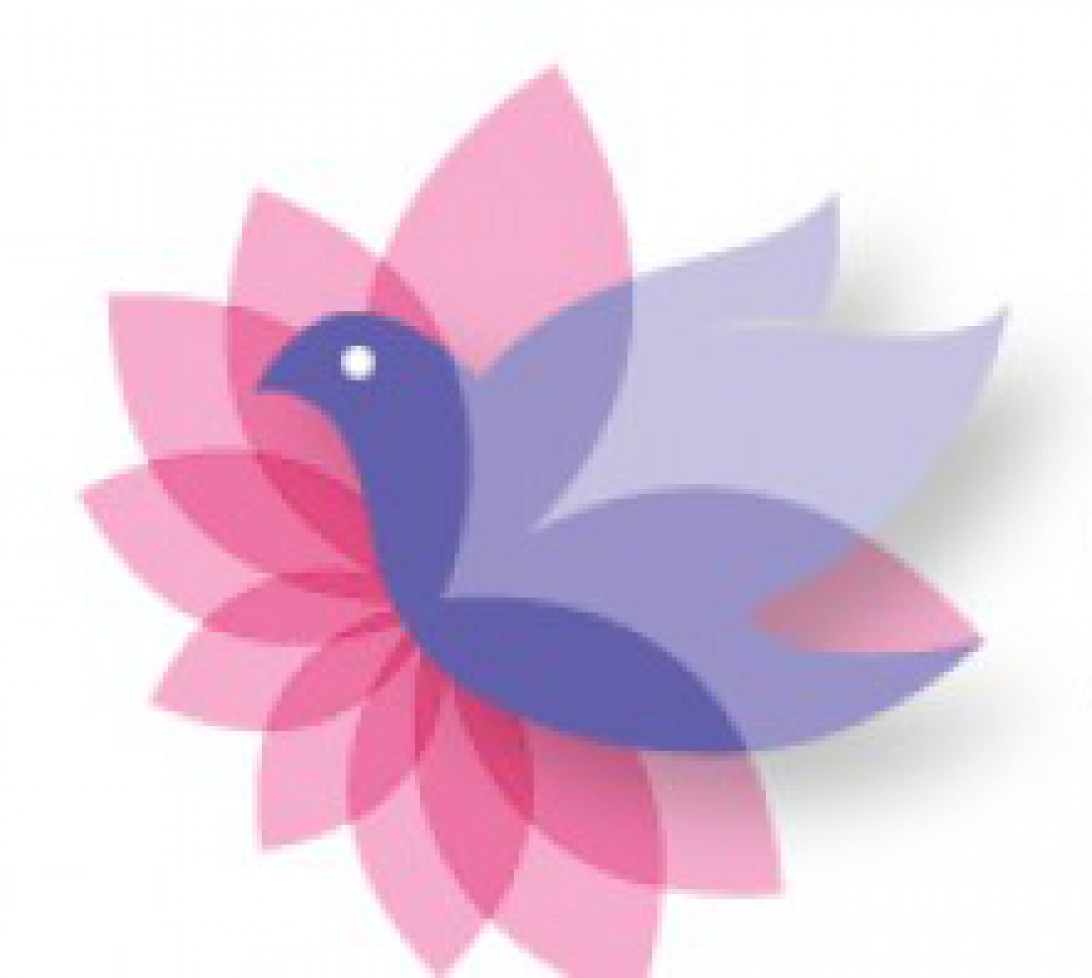
Om is an ancient Sanskrit “word” that was first felt by rishis as they meditated. It was more about the essence of Om than the chanting of it. Eventually as the experience was shared the word came forth and people started chanting it to get the experience of it.
“The goal which all the Vedas declare, which all austerities aim at, and which men desire when they lead the life of continence … is Om. This syllable Om is indeed Brahman. Whosoever knows this syllable obtains all that he desires. This is the best support; this is the highest support. Whosoever knows this support is adored in the world of Brahma.”
~ Katha Upanishad I
did you know:
Om is an ancient sanskrit “word” that was first felt by rishis as they meditated. It was more about the essence of Om than the chanting of it. Eventually as the experience was shared the word came forth and people started chanting it to get the experience of it.
Om in Daily Life
Although Om symbolizes the most profound concepts of Hindu belief, it is in use daily. The Hindus begin their day or any work or a journey by uttering Om. The sacred symbol is often found at the head of letters, at the beginning of examination papers and so on. Many Hindus, as an expression of spiritual perfection, wear the sign of Om as a pendant. This symbol is enshrined in every Hindu temple premise or in some form or another on family shrines.
CHANTING OM
During meditation, when we chant Om, we create within ourselves a vibration that attunes sympathy with the cosmic vibration and we start thinking universally.Om is also considered the mother of the bija, or “seed” mantras — short, potent sounds that correlate to each chakra and fuel longer chants.
Aum actually consists of four syllables: A, U, M, and the silent syllable.
The first syllable is A, pronounced as a prolonged “awe.” The sound starts at the back of your throat and you stretch it out. You will start feeling your solar plexus and chest vibrating.
The second syllable is U, pronounced as a prolonged “oo,” with the sound gradually rolling forward along your upper palate. You’ll feel your throat vibrate.
The third syllable is M, pronounced as a prolonged “mmmm” with your front teeth gently touching. You will now start to feel the top of your vibrate.
The last syllable is the deep silence of the Infinite. As intelligence rises from the deep silence, you have to merge your chant from the ‘M’ to the deep silence.





